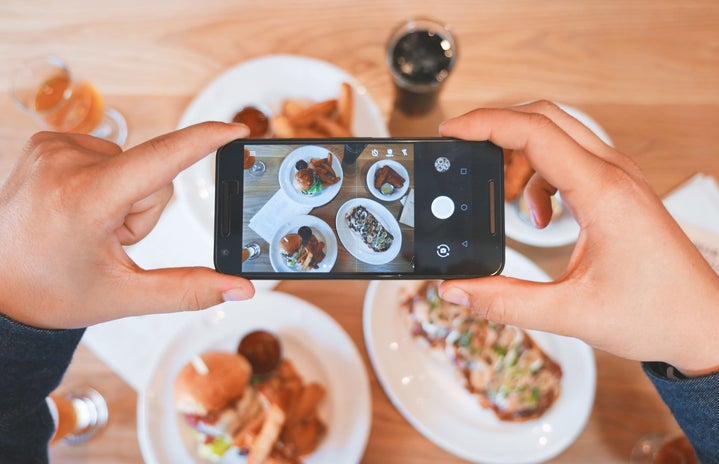Several years ago I followed photographer Brandon Stanciell’s Instagram account, @themanwholovedflowers. There was something about his work, the way he connected the human form with flowers, that drew me in. His models seemed to grow with the flora that surrounded them, and each image provided a beautifully textured and colored visual experience. Stanciell was creating pieces of art unlike anything I’d seen before. I actually purchased a print from his series Here, Take These in 2016, which currently hangs on my bedroom wall (below).
In an interview with Design & Culture by Ed, Stanciell describes the origin of his flower photography. “I guess it’s have to be this day, (April 28th 2014 to be exact haha) when I shot photos of Agne. That was the day It kinda all started. It kind of started on accident to be honest. We went to the poppy fields to take photos, it was so windy and cloudy we didn’t think they’d come out good. Got home, uploaded the photos to the computer and fell in love.” And so, this was the beginning of Stanciell’s exceptional trademark photography.
What drew me into Stanciell’s work was the diversity of his models and how he chose to present them often wrapped and almost bejeweled by flowers.
Stanciell responds to a question regarding this aspect of his work in an interview with Black Girls In Om, “The Floral State Of Mind”. Stanciell is asked by interviewer Zakkiyyah, “You frequently capture Black men and women with flowers. Why? What inspires you to make Black men and women and the environment the subjects of your work?” To this, Stanciell says, “The color black is a combination of all colors, which is why I believe it to be one of the most significant colors of our spectrum. Black men and women aren’t portrayed frequently in fine-art photography, and being a Black male, I wanted to contribute to that. The Black men and women in my work are representations of fine art and the flowers are a complement to that. It’s a side of Black that isn’t noticed often, and people most commonly associate the color black with loss, but I like to portray Black in my work as light―as a new beginning for growth.”
I think Stanciell’s photography is astounding and necessary. My last article expressed my admiration for an artist that is diversifying fairies in her art. Stanciell is another artist I appreciate, who is bringing diversity to an aspect of life that was seriously lacking. I think their work is so important! Follow @themanwholovedflowers to see Stanciell’s photography and experience his artistry as it happens. I’ve followed him since his first solo exhibition “The Man Who Loved Flowers” at Open Mind Art Space in LA, and it’s been a true pleasure.
If you would like to write for Her Campus Mount Holyoke, or if you have any questions or comments for us, please email mt-holyoke@hercampus.com.



